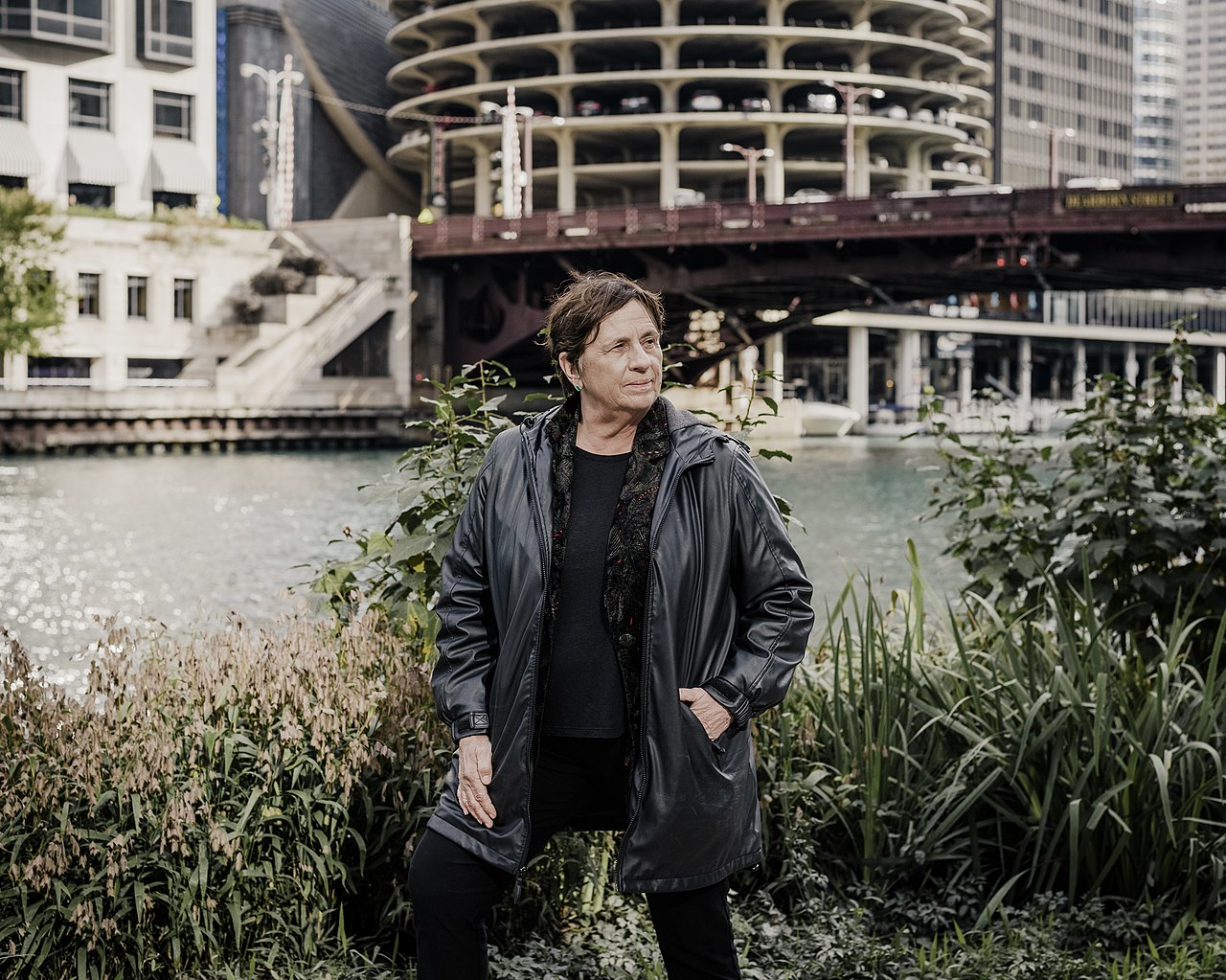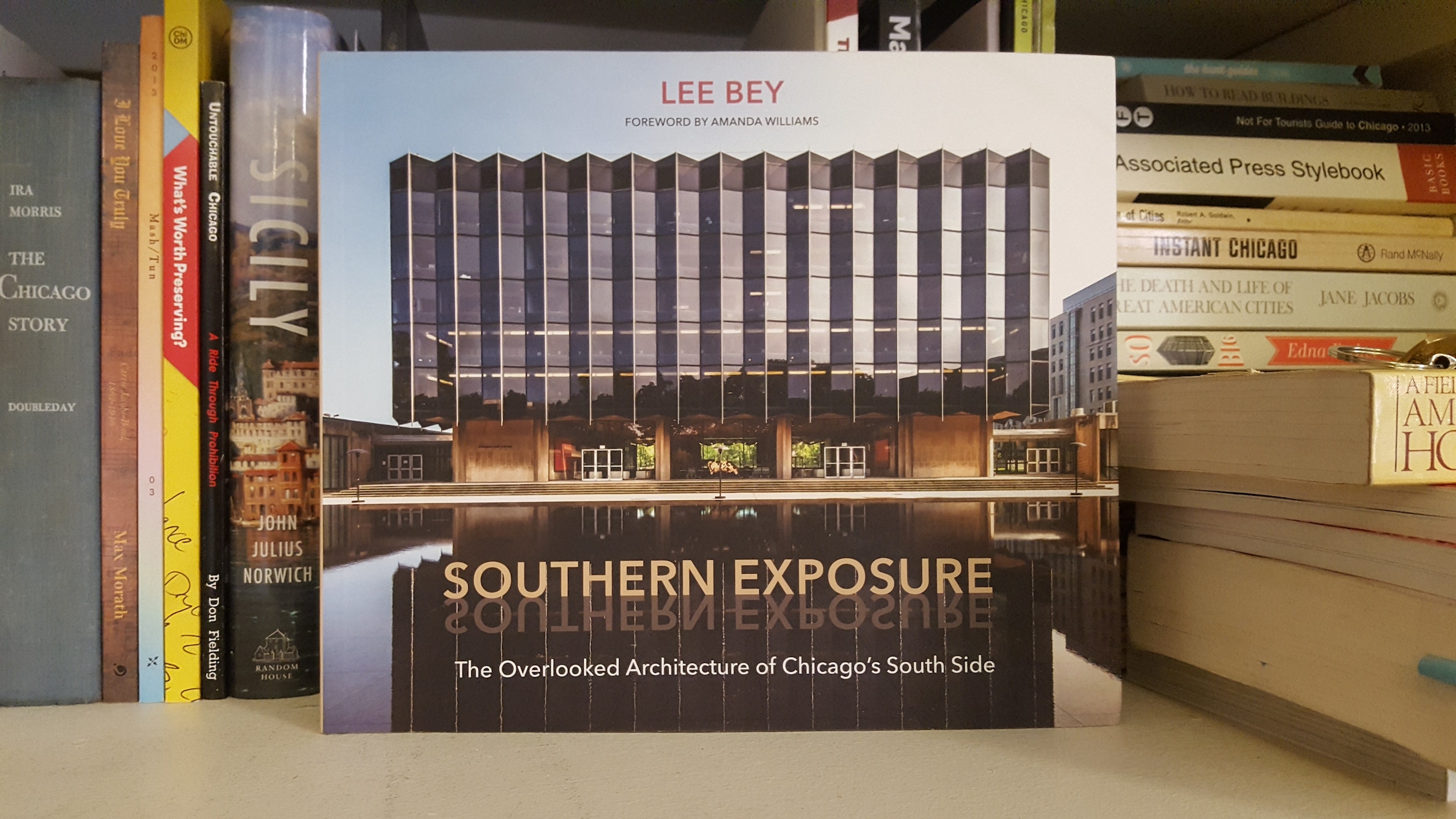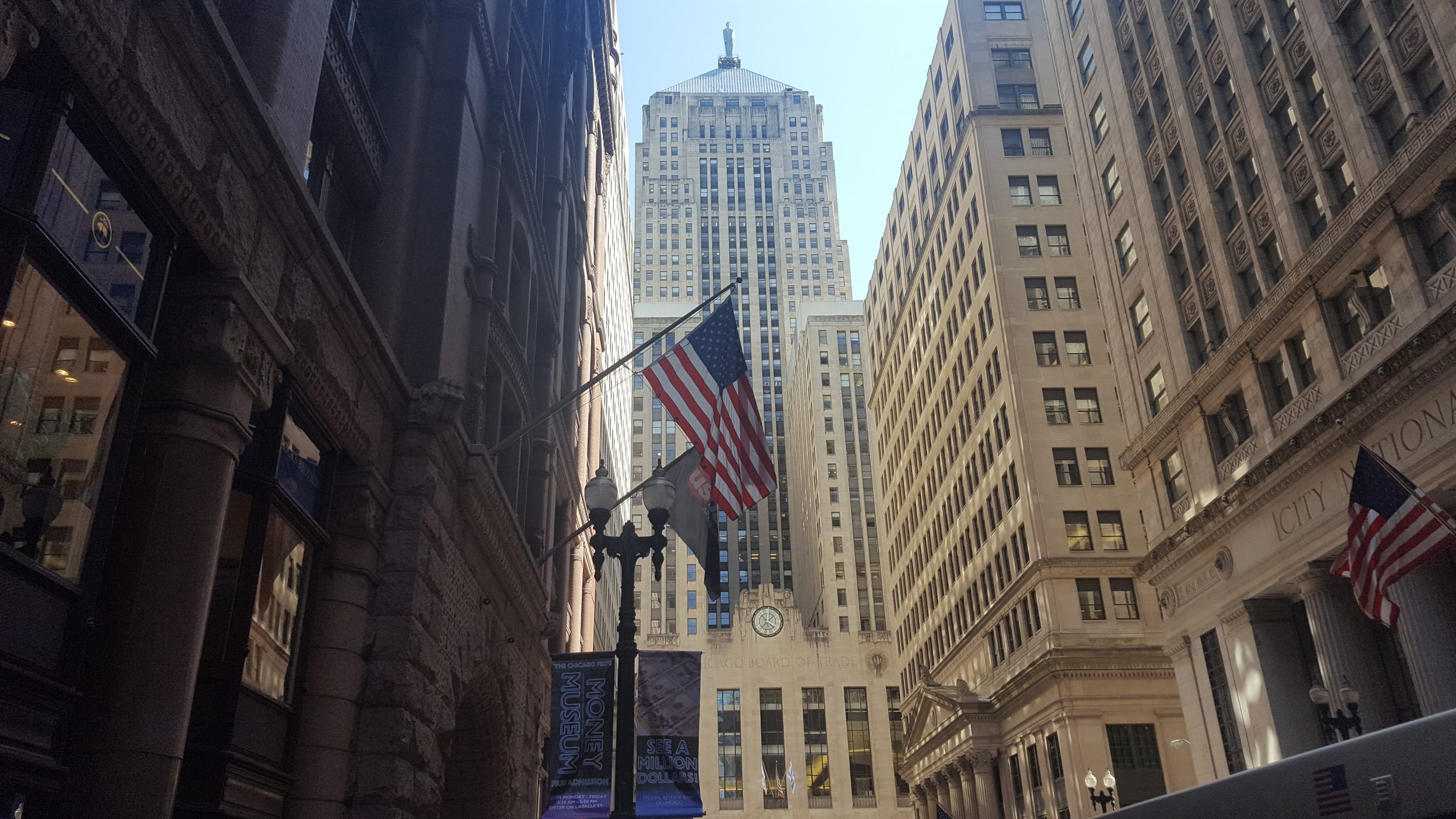The people of Chicago likely most know of Jaume Plensa for his Crown Fountain installation in Millennium Park, but around the world he is known for a wide variety of his dynamic works of public art, from massive sculptural heads made of alabaster or mesh to tall beams of light cast into the sky.
Last week at the Museum of Contemporary Art, I had the pleasure of hearing Plensa discuss his artistic works. The casual discussion, moderated Reed Kroloff, Director of the Cranbrook Academy of Art, addressed interesting ideas on the gray area between architecture and art.
What’s the Difference Between Architecture and Art?
In considering architecture versus art, first we should ask the overly asked question: “What is Art“? And then we would also need to define architecture to properly discern the two from a more didactic approach. Let’s avoid sounding like a college term paper though, and instead use Plensa’s analogy to a message in a bottle. He said – and I hope I’m referencing his ideas properly here – that an artist communicates the message inside a bottle, whereas the architect creates the bottle itself. So the artist is expressing, whereas the bottle could be simply a container, or a vehicle for the sending the communication. He also said that architecture “should be neutral,” unlike art.
I like the idea that architecture does not necessarily communicate a direct message, but rather it holds inside of it the possibility of a message, and of course that message of the artist is a direct expression from them. The thing is, architecture – just like art – is never neutral. Architecture has a message, too, but it’s often not as obvious.
In architecture, the message from the architect is usually influenced by bigger forces that extend beyond one single human being. External forces – political, technological, and economic – shape the buildings we inhabit beyond the vision of the architect. To keep going with Plensa’s analogy, the message is written by one person, but a bottle comes out of an entire factory and is touched by many people in its creation, making it less likely to communicate that direct message of art. And what if “art” really spells “architecture”? I’m kidding here. All this analysis makes me think of this moment in Revenge of the Nerds:
Architecture is Art
The Architecture is Art program is a series of events, some of which have already happened, and according to the CAF website, the series will dig into “intersections and blurred boundaries between the professional practice and creative process of architects and contemporary artists.” I don’t want to bore you here, but it’s great to know that the program is executed with the help of the Chicago Architecture Foundation, the Graham Foundation, and the MCA, since the partnership of such great organizations suggests the awesomeness of the lectures and film screenings. More are coming up!
On December 5, 6:00pm at the Wit Hotel, will be a screening of My Playground, a film that follow the people who practice parkour, a sport of sorts that makes architecture into their playground. Basically these people run, climb, and leap through the city, ignoring the paths that the urban environment tells us to follow. Instead they conquer whatever built obstacle comes in their way, like fences, walls, etcetera. Parkour is inspired by the derive’ idea of a spontaneous journey and the approach of the wandering flaneur walker. We explored these concepts first-hand on our “Nonsensical Walk of Indoor Spaces” last winter.
The last in the series will be another talk entitled “Architecture is Art…Is Architecture Art?” with Kai-Uwe Bergmann, parter of BIG (Bjarke Ingels Group), an architecture firm with bases in both Copenhagen and New York. He may come with a message, a bottle, or both.
— Amanda Scotese, Executive Director


















